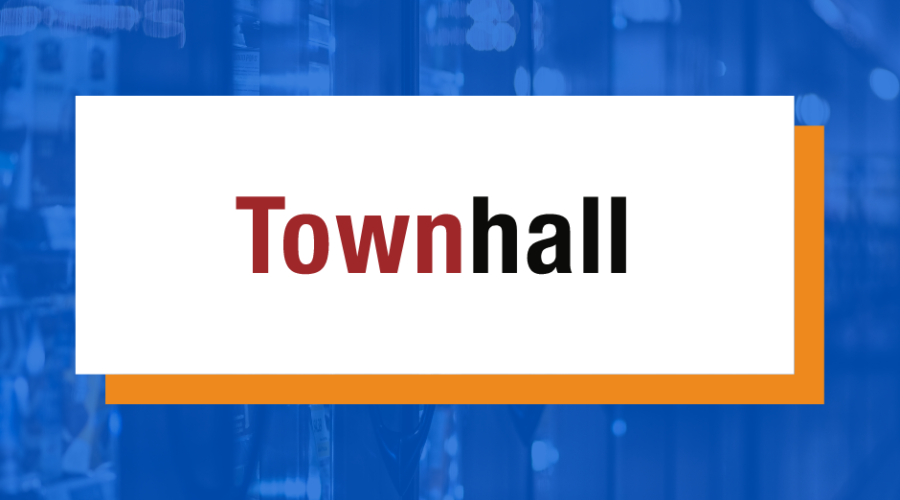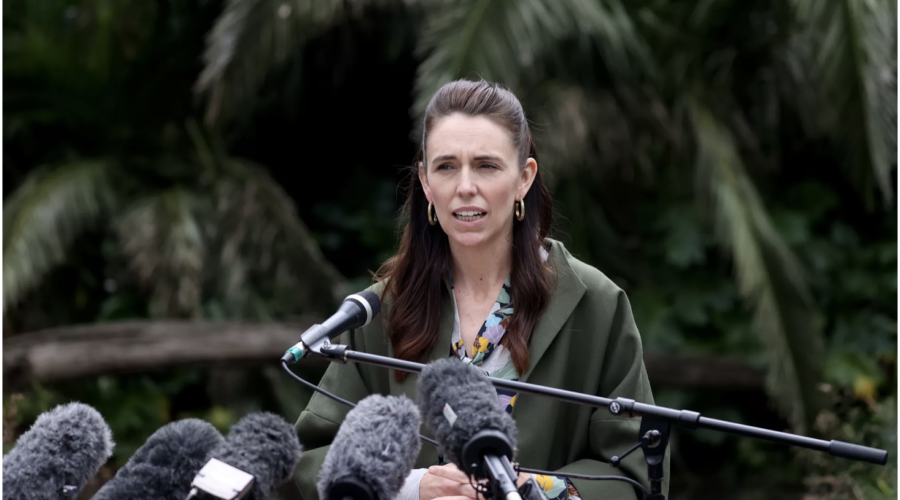TRIPS waiver will cost us decades of progress
By removing patent protection, crucial incentives to develop new ground-breaking innovations will be lost.
The COVID-19 pandemic, economic disruption, war in Ukraine, global hunger, and now monkeypox… With all these crises, one might say that the future of humanity looks grim. That would probably be true if we didn’t have innovation and intellectual property rights.
It doesn’t take a degree in history to understand that, despite many challenges, the world is improving. HIV and AIDS treatment has prevented millions of premature deaths. Cancer survival rates have improved by almost 20 percent since 1986. The COVID-19 vaccines, developed almost overnight, are already saving thousands of lives in Europe and beyond.
We have made significant progress in boosting vaccine accessibility. AstraZeneca is selling its vaccines to developing countries at cost price, and many developed countries have donated their vaccines to those in need. Even though a lot more could be done to increase access to COVID–19 vaccines, waiving patents is not a solution we can afford.
Right now, the World Trade Organization (WTO)’s member states are discussing a draft agreement on TRIPS (Trade-Related Aspects of Intellectual Property Rights) flexibility to waive intellectual property protections. South Africa and India initiated the TRIPS waiver in 2020. Despite initial resistance from the EU and US, the compromise now seems in sight.
If adopted, the agreement would legalise compulsory licencing, a practice that allows the government to hand out the right to produce COVID-19 vaccines without the consent of a patent owner. On paper, allowing for the mass production of vaccines seems like a noble goal, but the consequences of such a policy are anything but promising. The short-term result of eroding intellectual property rights would be increased access to innovations. In the long-term, there would be no innovation.
While the current TRIPS waiver talks primarily concern COVID-19 vaccines, there is a worry that these flexibilities will become a norm or be misused once adopted. That was, for example, the case in Thailand, where compulsory licencing was introduced to treat non-infectious chronic diseases.
The move didn’t end well for Thailand. Abbott, one of the manufacturers whose drugs were targeted by the IP waiver, withdrew all of its patents from Thailand. After a series of negotiations, Abbott agreed to increase access to its drugs in exchange for IP protection. Back then, the EU Trade Commissioner Peter Mandelson warned Thailand that compulsory licencing would hinder pharmaceutical innovation. Now, it seems like the EU, especially the Left, has forgotten this lesson.
“While the TRIPS waiver seems like a quick fix, the consequences of such a move will be dire”
Innovation takes time and effort, and crucially, investment. Pharmaceutical development usually involves biological, chemical, and clinical research and can take up to 15 years to complete. Only a tiny fraction of these efforts leads to the creation of a ground-breaking cure. It is moral and right for these companies to expect their risk-taking and investment to pay off through patents. By undermining IP protection, the TRIPS waiver would remove these incentives and endanger drug safety. Without patents, third-party suppliers will make vaccine shots based on patented formulas and processes. Still, without specialisation, this will increase the risk of producing bad, inactive vaccines that will undermine vaccination in general.
While the TRIPS waiver seems like a quick fix, the consequences of such a move will be dire. We have too many challenges ahead of us, and millions in Europe and beyond still await life-saving Alzheimer’s, Cystic Fibrosis, Diabetes, or HIV/AIDS treatment. If we scrap patent protection now, all the progress we have made as a society and countless opportunities to improve the world will be lost.
Originally published here








